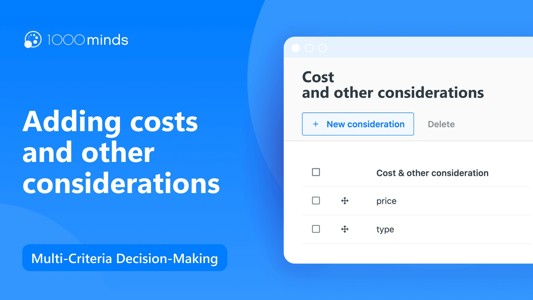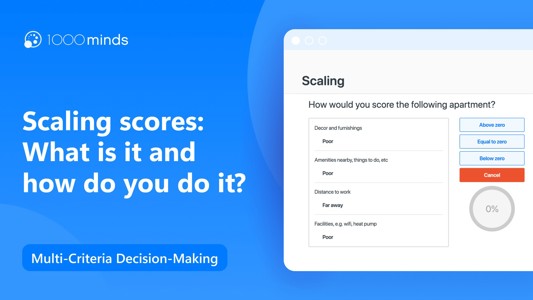Getting started with 1000minds
Learn how to create a new project, decision, or survey, what the difference is between a decision and survey, how to delete & restore deleted items, and how to view our many examples to help you discover the plethora of applications for 1000minds.














